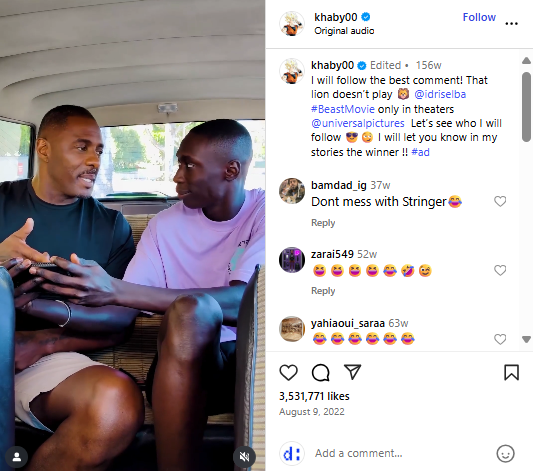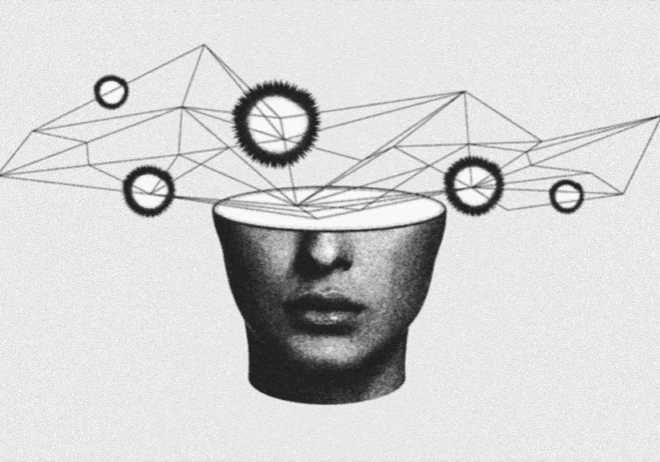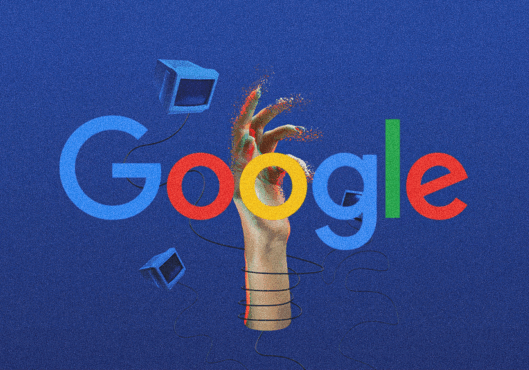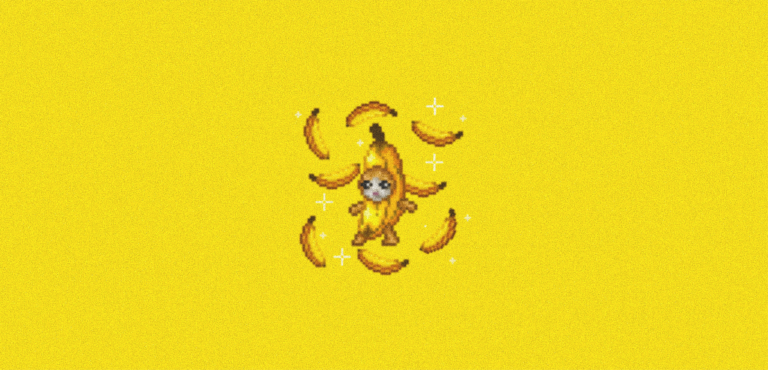
Viral Memes Aren’t Just for Laughs Anymore— They’re Building Empires
If the internet is a stage, memes are the punchlines that built empires. What started as inside jokes on Tumblr or Reddit now drives brand identity, creator influence, and billion-dollar business strategies.
In the creator economy, memes are more than fleeting cultural artifacts — they’re currency. For a new generation of creator-led brands, they are the secret sauce that converts attention into loyalty and followers into customers.
We live in the viral business model; memes are the trusted marketing language of choice. This article will discuss how creators leverage humor for commercial purposes, how brand fluency in memes can translate to brand growth, and why it has become a key strategic plan for fostering further engagement and growth in a digital ecosystem with a cult-like following.
The Meme-conomy: When culture turns into commerce
Earlier, memes were primarily about fun and entertainment. A distracted boyfriend, a crying Jordan, and a Wojak were memes that made us laugh, not purchase.
Fast forward to today, and meme fluency has become a set skill that depersonalizes modern marketing. People like Emma Chamberlain, MrBeast, and Tinx didn’t just “go viral,” they translated meme culture into lifestyle brands. Emma’s relatable “relatable girl next door” vibe served as the basis for Chamberlain Coffee, combining Gen Z’s sense of humor with ethical caffeine. MrBeast’s absurd challenge memes turned into Feastables and Beast Burger. Authentic and absurd can coexist and sell.
This is a relevant reminder from Ad Pulse for brands and creators:
Virality is great and powerful, but it comes at a cost. Memes are often more appealing when they serve to uplift communities, grow authenticity, and motivate long-term behavior.
The meme economy is not as simple as driving attention, but the greatest creators drive attention and cultivate affection. They are not just “in on the joke,” they are the joke – self-aware, participatory, and have become part of the cultural lexicon for the audience.
Meme literacy = Market power
Here are the simple facts: brands do not make memes go viral – communities do. Creators, however, are right in the middle of both sides. They are familiar with the fluid rules of humor online: ironic detachment, fast iteration, and emotional relatability.
This literacy allows them to create products that feel less like “ads” and more like “inside jokes you want to buy.”
Take Duolingo’s TikTok—it’s a case study in meme fluency. The brand took its green owl mascot and humanized it into a chaotic, unhinged character that reacts to the latest pop culture trends quicker than most brands can schedule their posts. The engagement rate skyrocketed because Duolingo was fluent in meme language, not simply translating it.
Creators take this same logic—and put steroids in it. They know what their followers laugh at, what annoys them, what is overplayed—and that instinct creates not just the content but their brand storytelling. Packaging, tone, and product design – it’s considered meme-ready.
From LOLs to logos: The emergence of creator-led brands
Previously, transitioning from trending posts to real business was fraught with uncertainty.
Now, however, many of the popular platforms, such as Shopify, Patreon, and Kajabi, are removing the friction from direct audience monetization. One key element makes this process even simpler: memetic trust.
Creators can continue to forgo traditional advertising budgets because their communities already believe in their perspective. The meme moments that amuse community members also build emotional trust.
Here’s a brief example:
Alix Earle, who gained popularity for her “Get Ready With Me” TikToks, harnessed her genuine nature into a successful business pipeline.
She is building her brand partnerships and multiple businesses on the idea that she will continue to post near-meme situations with limitless energy, which are both funny and authentic.
Spritz Society, co-founded by influencers like Claudia Oshry (@girlwithnojob), provides a memeified messaging system; their tagline is, “the internet made me do it.” It is more than a cocktail; it is a nod to meme-ified consumption as a form of self-aware consumerism.
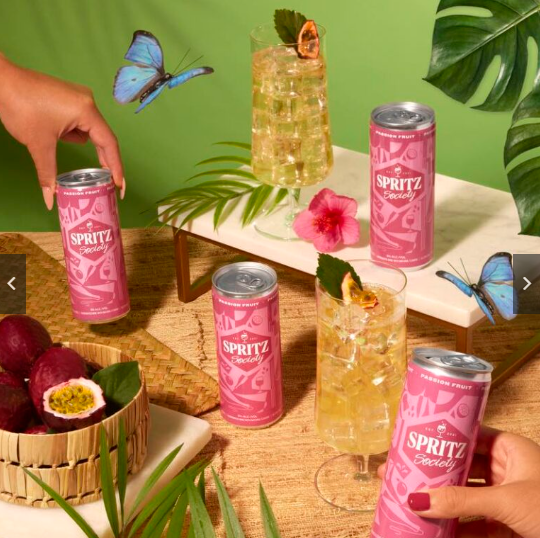
In other words, memes do not sell products; they sell a personality.
The virality loop: Why memes convert
Virality used to be a happy accident. Nowadays, it is engineered. Memes follow a simple loop: create → share → remix → repeat. Each step extends your visibility and grows emotional resonance.
For creators, the loop is even more powerful. Every time a meme about someone’s content trends, the depth of community engagement is amplified—and each new meme is another form of unpaid advertising.
Think of it as a flywheel that becomes self-propelling:
- Cultural participation equals visibility.
- Visibility leads to followers.
- What followers do is create memes and engagement.
- Engagement drives algorithms—and buys.
Just look at creators like Khaby Lame, who, through his style of memes using silent reactions, became the most followed TikToker in the world. He’s proof that being relatable is a language in its own right. The value of community, for example.
His brand partnerships, including those with Hugo Boss and Binance, are effective because his identity as a meme is largely recognizable and global.
It’s proof that you’re not being cute but instead are memeable in 2025 for your brand. A distinction that can lead to competitive advantage.
Meme merch: The new luxury
The era of branded tees is over. Today, creator brands regard meme products as cultural artifacts.
Matty Healy memes became drops of fan-made merchandise. The Sidemen built their empire around meme clothing, which embodies the humor of their community. Mark Rober or Casey Neistat are even creating Easter eggs with meme references in their product storytelling.
This isn’t even fandom clothing; it’s identity clothing. People didn’t buy a product because they supported the creator, but they bought it to signal their belonging to a digital tribe. A meme clothing purchase says, “I get it.”
This is why creator-led brands have unlocked a market traditional marketers had difficulty tapping into — you don’t need to sell status when you can sell relatability.
When memes evolve into movements
Not every meme remains a joke. Some evolve into movements that affect industries and politics. For instance, do you remember #Gentleminions?
It was a TikTok meme that morphed into a meme-turned-movement, resulting in theaters worldwide being filled with Gen Z individuals in suits to watch Minions: The Rise of Gru. Universal did not plan this — the internet did.
Brands led by creators use the same playbook — that is, to tap into linear participatory energy.
Consider Stanley Cups — and how they went from being a cup to becoming a lifestyle symbol after influencers memeified them as emotional support water bottles. The Grimace Shake from McDonald’s was also resurrected as a BAD meme-horror trend that culminated in actual product sales.
The lesson here is that when a consumer feels (or appears) like a co-creator of the joke, they become co-owners of the brand narrative.
Meme ethics: Balancing the line
The problem is — meme culture moves quickly, and a poorly timed reference can go south fast. What we found amusing one day can be offensive the next. For creators building a brand based on internet humor, authenticity is not only important, it’s an imperative for survival.
Creators like Brittany Broski (also known as “Kombucha Girl”), who secure their meme fame and develop an impactful social media presence, do so by constantly moving beyond being merely a meme. She leaned into humorous narratives without exploitation and used a viral moment to expand her presence into an awareness-based, multi-faceted brand.
The sage advice for meme marketing is simple: never punch down, never be disingenuous, and never remain at the joke too long. The online community has zero tolerance for contrived virality.
Brand lessons from the memeverse
So, what can marketers learn from creator-led meme culture? Three clear lessons stand out:
- Cultural timing eclipses creative perfection. Being first (or funniest!) is better than being perfect.
- Community > campaign. Memes require shared spaces. The best memes provide an invitation to participate, not just consume.
- Personality has a faster multiplier than product. If people are along for your ride, they will buy whatever you do next.
Memes democratized creativity—and in doing so, decentered brand power. Today, a meme from a creator may have more cultural impact than a Super Bowl ad.
Cut to the chase
Memes aren’t just laughable punctuations in time, but are cultural shortcuts some creators are turning into big business. The forthcoming phase of building a brand won’t come from agencies or boardrooms, but from the internet’s recognized cultural jokes (like memes). Stay in front of the meme economy: watch, laugh, and learn, because the next viral movement could be your brand’s million-dollar moment.
